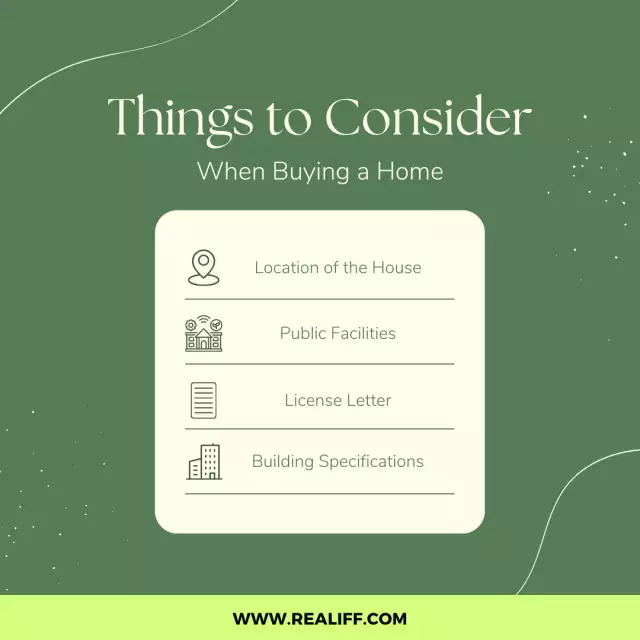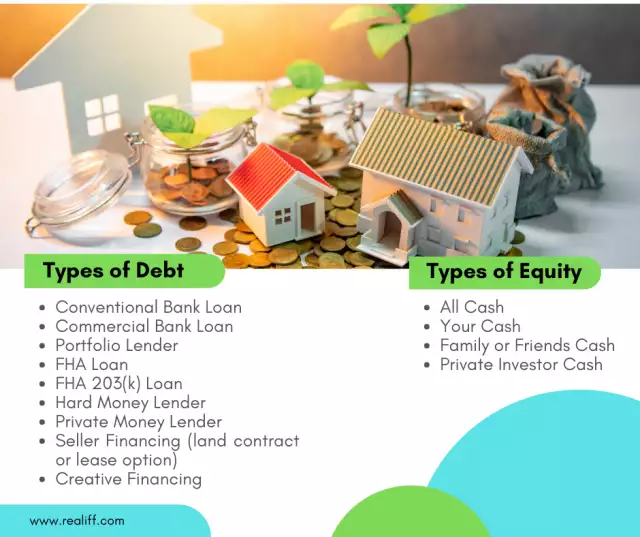Unlocking Your Home's Equity: A Guide to Home Equity Line of Credit Financing (HELOC)
Unlocking Your Home's Equity: A Guide to Home Equity Line of Credit Financing (HELOC)
A Home Equity Line of Credit (HELOC) is a type of loanthat is secured by the equity in a homeowner's primary residence. The equity is the difference between the current market value of the home and the outstanding mortgage balance. The HELOC is a revolving line of credit that allows the borrower to draw funds as needed, up to a certain limit, over a specified period of time, typically around 10 years.
HELOCs are a popular financing option for homeowners who have built up equity in their homes and are looking to access that equity to fund other expenses, such as home improvements, education, or debt consolidation. However, it's important to remember that a HELOC is a loan and must be paid back, with interest. Failure to make payments on a HELOC can result in foreclosure, just like any other mortgage.
How does a HELOC work?
To qualify for a HELOC, a homeowner must have built up a significant amount of equity in their home. Most lenders require that the borrower has at least 20% equity in their home, although some may require more.
The application process for a HELOC is similar to that of a traditional mortgage. The borrower must provide proof of income, employment, and creditworthiness. The lender will also assess the value of the home and the amount of equity the borrower has built up.
Once approved, the borrower can draw funds from the HELOC as needed, up to the maximum credit limit. The interest rateon a HELOC is typically variable, meaning it can fluctuate over time, based on changes in the market. However, some lenders offer fixed-rate HELOCs, where the interest rate remains the same for the entire term of the loan.
The borrower can use the funds from the HELOC for a variety of purposes, such as home improvements, paying off high-interest debt, or financing other expenses. The borrower only pays interest on the amount they borrow, not the entire credit limit.
The repayment period for a HELOC is typically around 10 years, during which time the borrower is only required to make interest payments. After the repayment period ends, the borrower must repay the entire outstanding balance, either in a lump sum or over a specified period of time.
Advantages of a HELOC
There are several advantages to using a HELOC to finance expenses:
- Flexibility: A HELOC provides borrowers with flexibility and control over their finances. Borrowers can access funds as needed, only paying interest on the amount they borrow, and can repay the loan at any time without penalty.
- Lower interest rates: The interest rates on HELOCs are typically lower than those on credit cards or personal loans, making them a more affordable financing option for homeowners.
- Tax advantages: The interest paid on a HELOC may be tax-deductible, making it an attractive financing option for some homeowners.
- Home improvements: A HELOC can be a useful tool for financing home improvements, which can increase the value of the home and build even more equity.
- Debt consolidation: HELOCs can be used to consolidate high-interest debt, such as credit card debt or personal loans, into one more manageable payment.
Disadvantages of a HELOC
There are also several disadvantages to using a HELOC to finance expenses:
- Risk of foreclosure: Failure to make payments on a HELOC can result in foreclosure, just like any other mortgage.
- Variable interest rates: The interest rates on HELOCs are typically variable, meaning they can fluctuate over time, based on changes in the market.
- Fees: Some lenders may charge fees for a HELOC, such as application fees, annual fees, or early termination fees. These fees can add to the overall cost of the loan and should be taken into consideration when considering a HELOC.
- Risk of overborrowing: Because a HELOC is a revolving line of credit, there is a risk that borrowers may overborrow and accumulate debt they cannot afford to repay.
- Market fluctuations: If the housing market experiences a downturn, the value of the home may decrease, reducing the amount of equity available in the home and making it more difficult to obtain a HELOC.
In conclusion, a HELOC can be a useful financing option for homeownerswho have built up equity in their homes and are looking to access that equity to fund other expenses. However, it's important to weigh the advantages and disadvantages of a HELOC and to only borrow what can be comfortably repaid. As with any loan, it's important to read the terms and conditions carefully and to only borrow from reputable lenders.






